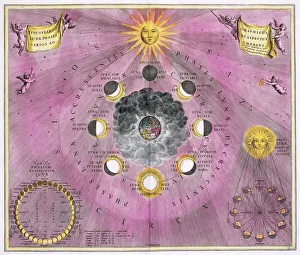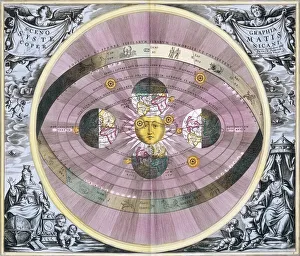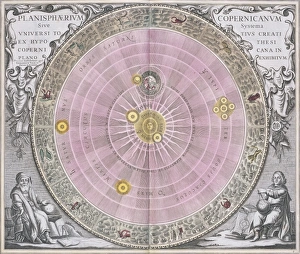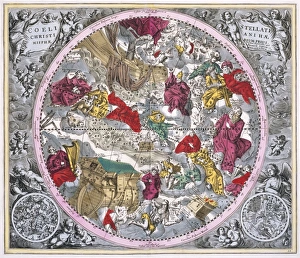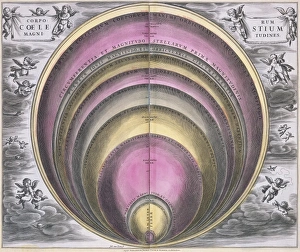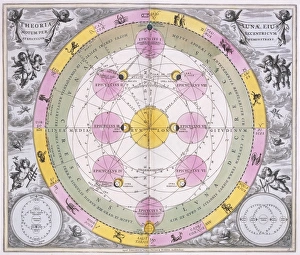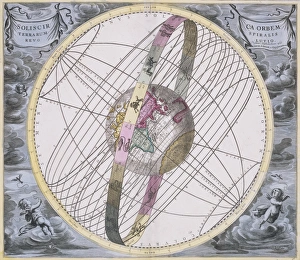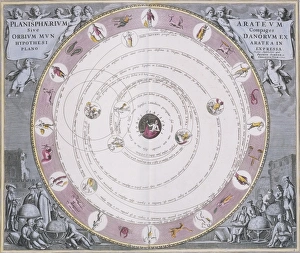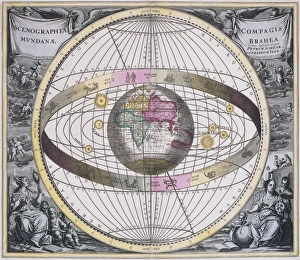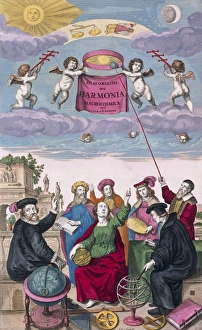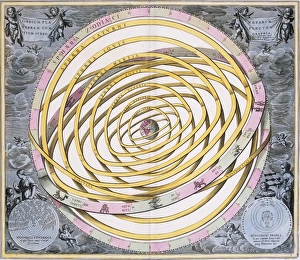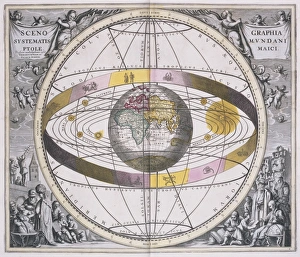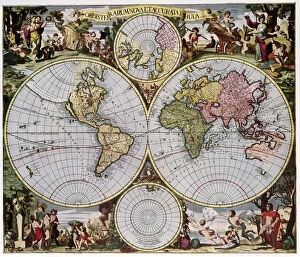Valk Collection
"Valk: Exploring the Cosmos and Beyond in the 18th Century" Step back in time to the year 1708, where a world of knowledge awaits
All Professionally Made to Order for Quick Shipping
"Valk: Exploring the Cosmos and Beyond in the 18th Century" Step back in time to the year 1708, where a world of knowledge awaits. The phases of the moon captivate astronomers as they unlock its secrets, while embracing the revolutionary Copernican worldview. A remarkable map showcasing China and Indonesia emerges, meticulously hand-colored with awe-inspiring detail. Amidst this era's discoveries, we encounter a magnificent female Common kestrel soaring through the skies. Its grace reminds us of Martin Bucer (Valk), an influential figure who left his mark on history. Meanwhile, a Copernican planisphere takes shape before our eyes - a visual representation of celestial wonders. Journeying further into this captivating period, we witness an unexpected event - fire engulfs De Valk brewery in Amsterdam, leaving behind a haunting print by Frans Schikkinger. Yet amidst chaos and destruction, constellations remain steadfastly Christianized; their stories intertwining faith and science. As we delve deeper into astronomical mysteries from 1708, our understanding expands. We marvel at the sizes of celestial bodies that populate our universe and explore intricate epicycles guiding moons' orbits. And then there is Earth itself - witnessing how it revolves around the sun becomes an enlightening revelation. In this extraordinary era marked by exploration and enlightenment, Valk stands as a symbol of curiosity-driven discovery. It serves as a reminder that even centuries ago, humanity sought to unravel cosmic enigmas that continue to inspire us today.

